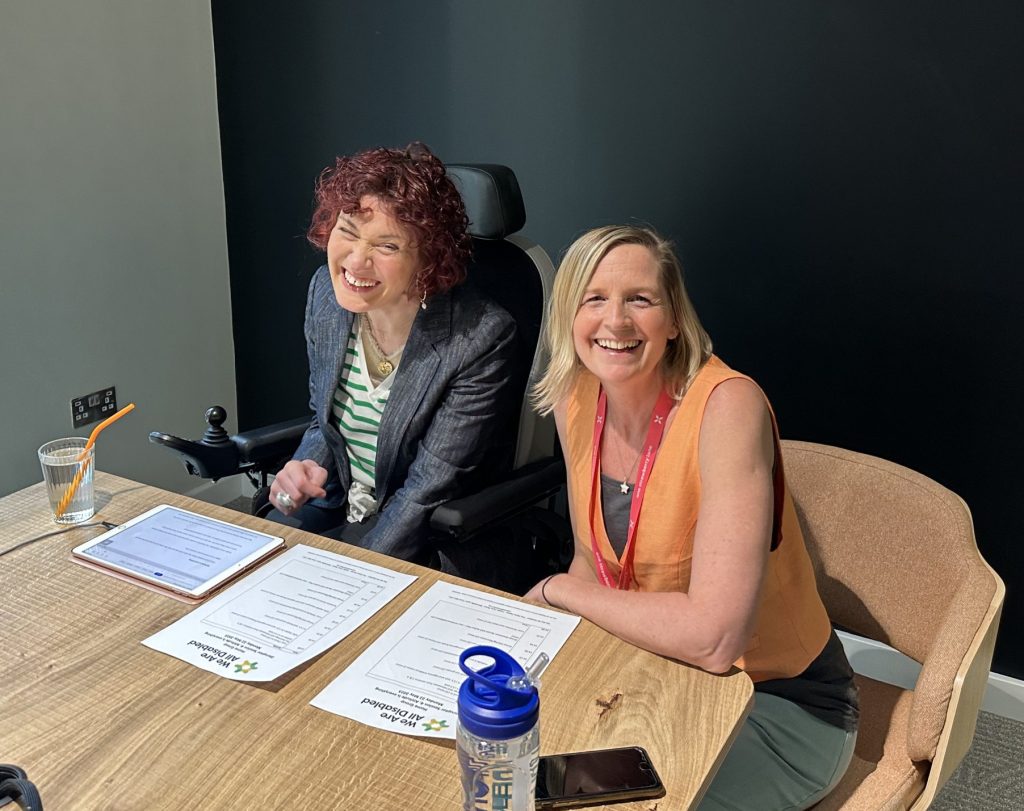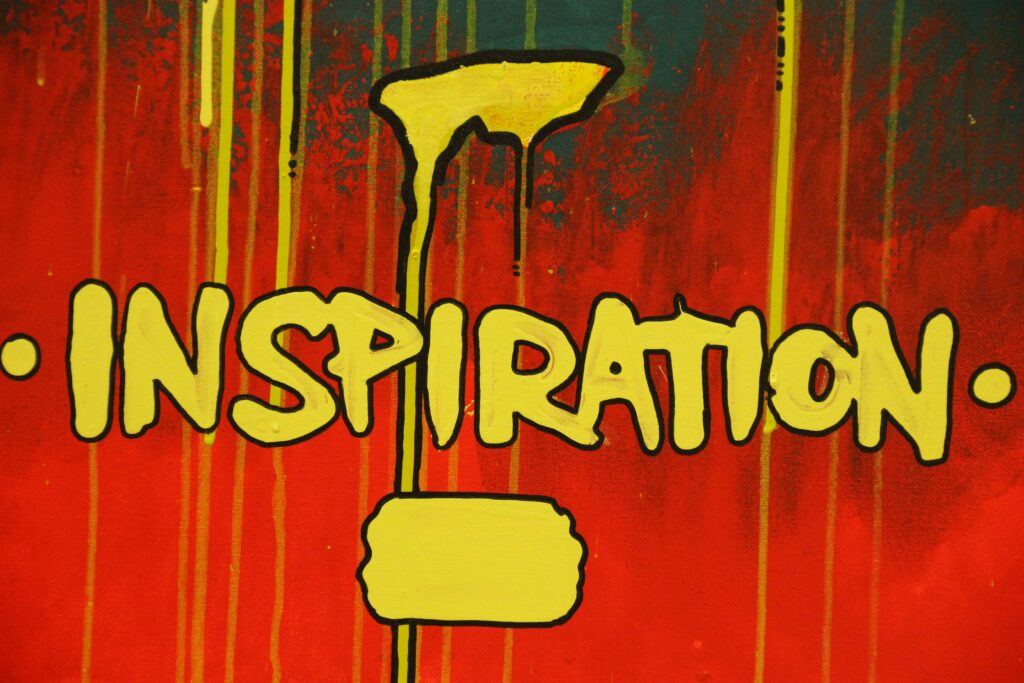Last week was National Inclusion Week which celebrates everyday inclusion in all its forms. This year’s theme is Unity, which is all about bringing organisations together from across the globe in a united cause to inspire, share and celebrate the progress of inclusion.
In my doctoral thesis I used inclusion as a synonym for participation; referring to the involvement of disabled people in everyday activities. This includes the removal of barriers and the opportunity to share our views, voice our opinions and gain equality.
The social model is the basis of the contemporary disability movement’s claim to full inclusion (Longmore & Umansky, 2001). This was established through worldwide movements of civil and human rights groups, which emerged over time.
The social model of disability was developed to challenge the medical model of disability . It was formalised by Michael Oliver (1990). Firstly, it identified a political strategy to remove environmental barriers and promote inclusion. Secondly, the movement arguably liberated disabled people and since the mid-1970s, the social model of disability has dominated disability rights.
There are many environmental barriers that prevent inclusion. As a wheelchair user I find it difficult to access some of the shops near to where I live because they have steps up to them. In terms of communication, I find using the telephone problematic and although the increasing popularity of video calling has made a significant difference, there have been occasions when this isn’t made available, for example when I contacted the National Business Helpline.
For other disabled people, communication presents different challenges. For example a deaf person may require an interpreter while somebody who is non verbal may make use a communication aid.
Having cerebral palsy affects my movements and my speech which means that even communicating with others face to face can be challenging.
On some occasions when I’m having a conversation with people who I haven’t met before or who I don’t know particularly well, I can see that they feel uncomfortable if they don’t understand what I am saying. Sometimes they guess and get the wrong end of the stick which can cause the conversation to go off on a bit of a tangent.
In situations like these I will try to help by repeating myself, however more often than not the other person becomes embarrassed and will physically distance themselves so the conversation tails off, which is a shame. When people are having difficulties understanding me then actually I wish they’d just say – I honestly don’t mind!
It’s a fact that impairments can cause barriers to communication and that it’s important to address these issues. However, I believe that it is actually perceptions which cause the biggest barriers to effective communication. This is when a person’s disability is more noticeable to someone than the person themselves. Or when someone feels like their disability will prevent them from being listened to or understood.
As those of you who regularly read my blog will know, I believe that people’s perceptions of me often alters when they meet me – seeing me as ‘a disabled person’ rather than just ‘a person’ – which then impacts on how they then communicate with me. I believe this is a key area of perception which needs to be explored and challenged.
Unity is about all of us being comfortable to be ourselves and, as a consequence, being comfortable with everyone else around us too.
Of course there are practical considerations to take into account when communicating with someone who has a disability, but other than that the most important thing is that we acknowledge that we are all human beings and that we are all equal.
By entering into conversations with this in mind and really listening to what the other person is saying, we will create understanding with one another, which I believe will bring about the most positive change.
We Are All Disabled as a CIC is all about effective communication. Our aim is to create a safe and supportive space for people to come together and have open and meaningful conversations around issues that they may find difficult or uncomfortable.
Developing effective communication skills is a really important way to ensure that we all have our voices heard. This in turn makes it easier to unite together, embrace diversity and become more inclusive within our workplaces and communities.
Longmore, P. K. & Umansky, L. (2001) The New Disability History: American Perspectives. NYU Press.
Oliver, M. (1990) The Politics of Disablement. Critical texts in social work and the welfare state. Basingstoke: Palgrave Macmillan.
Photo by James Kempon Unsplash









